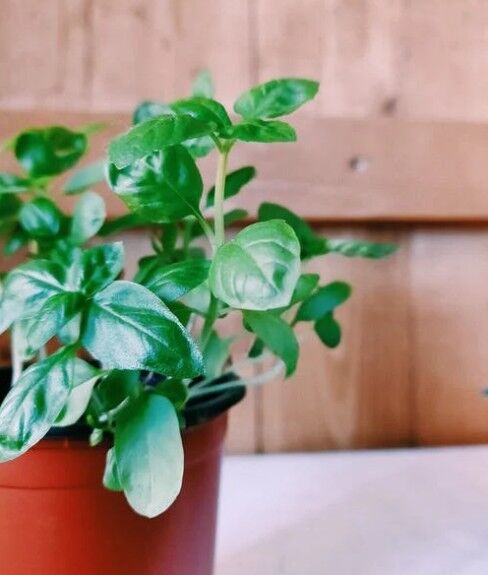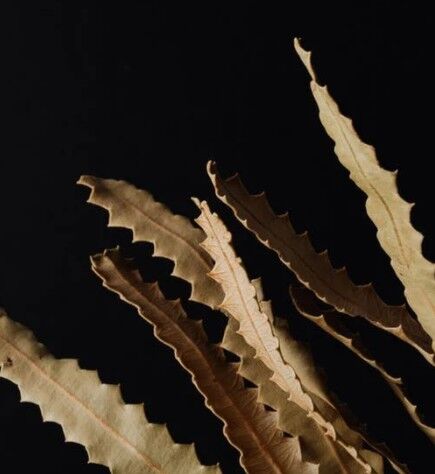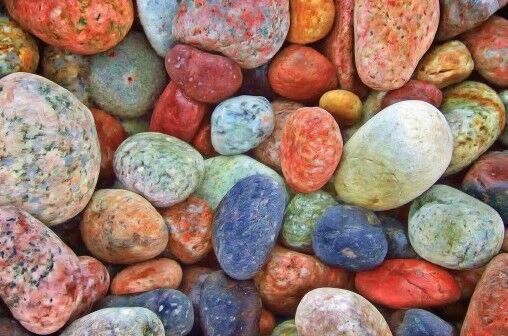Houseplants do a lot for your interiors, especially when you want to improve your home aesthetics. Those who do keep live plants in their living or working space know that they also require a certain amount of care. Even the hardiest houseplant won’t last too long if you neglect it completely, so many plant owners may follow some rules of thumb when maintaining their collection.
However, there are several myths to be found in the department of houseplant care. It’s important to know about these myths as well as debunk them, as some can even shorten the longevity of your precious plants. Below are ten of the most common ones along with some real tips backed by facts:
1. Using a Bigger Pot To Encourage Growth
Many houseplant owners make the mistake of immediately transferring their new acquisitions in a larger pot than the one they came in. They reason that any plant would like more space to spread its roots and hence grow bigger as fast as possible.
Unfortunately, this isn’t the case. Plants, especially houseplants, want their roots to fill the space of their container. If they sense that they’re in a larger pot than before, they will focus only on their roots spreading out. This means that their energy will not be given to the part that you actually see, such as the leaves, blooms, stems, etc.
2. Feeding Sick Plants
If you find that any of your houseplants, your first instinct might be to give it more nutrients in the form of plant food. This might make sense for some kinds of illness in humans, but certainly not the right way to go in plant care.
In fact, plant food and fertilizers are usually beneficial only for those plants that are already healthy. A healthy plant will grow quickly and need more nutrients than the soil it’s growing in. This is why they need additives to fulfill their needs.
Sick plants, on the other hand, don’t need the extra nutrients you’re piling on them. If you insist upon this practice, all those extra nutrients will build up in the soil, resulting in the tender roots ‘burning’. The leaves will lose their color even more.
The next time you see a sickly plant, leave off the fertilizer and plant food for when it seems to be healthy again. Treating the issue at hand will depend upon the type of sickness, which might range from a pest attack to an imbalanced environment.
3. Use Distilled Water, Not Tap
Concerned owners used to water their plants using only distilled water. The reasoning was that the chlorine and other added components in tap water will end up harming the plants. However, this notion isn’t as true as you may think–at least, not anymore.
Tap water comes from water treatment plants, which are now using purification methods that are more environmentally friendly than before. The chlorine inside your tap water still has chlorine, but it’s not a gentler formula. This means that you can probably water your plants with tap water without worrying about causing any damage. This will be a more convenient option that will also help to save a few bucks.
Still, there are some delicate varieties of houseplants where bottled water will probably be the best option. Barring that, you may want to collect rainwater and utilize that for pants like the African Violet. Other than these exceptions, room temperature water straight from the tap is just fine.
4. Use Egg White or Mayonnaise to Enhance Shine
A plant with shiny leaves is usually indicative of good health. This doesn’t mean that you slather the leaves with something like mayonnaise or egg whites. These items will do nothing more than build up a residue on the leaves of your plants.
The residue from food items will attract dust, germs, and insects as well. The result will be clogged pores on the leaves, which is certainly not something we want.
If you really want a shortcut for your plant leaves to be shiny, try rubbing them gently with a soft piece of cloth. This could be something like one of your old T-shirts. Dampen the cloth slightly with water and wipe off any dust or dirt layers.
5. Use Pesticides On Houseplant Pests
If you notice pests on your houseplants, the solution is not to use those harsh pesticides or insecticides. Spraying these damaging chemicals might kill off the pests, but they will also be harmful for any humans or animals breathing around the plants. Children and pets are at the most risk here, so go easy on the chemicals.
Fortunately, there are other ways to get rid of these pests. Go for the natural methods first; these include horticultural oils, insecticidal soaps, or even just picking off the offending intruders with your fingers. Rubbing alcohol is another way to deal with the issue, albeit not such a natural one.
Prevention is better than cure, so apply the same reasoning here. Keep your plants clean and uncluttered; this will deter pets and make them easier to remove.
6. Yellow Leaves Are a Sign of Death
If you notice a houseplant with yellow or yellowing leaves, you may think it’s too far gone. That’s not always true; yellow leaves are usually just a way for the plant to signal that it needs help.
Check the usual causes that might be making the sickly. The most common issues might be too much or too little watering, too much fertilizer, or too little light. If your home doesn’t have too much light, it’s probably time to invest in plants that can survive in low-light conditions.
7. Misting Will Increase Humidity Levels
Many houseplants need a certain level of humidity to be at their best. The weather might be a bit dry where you live, but this doesn’t mean that you spray the air in order to increase the humidity. Misting wouldn’t hurt, but you’d have to do it every ten minutes in order to make any difference.
A better way is to put a tray of pebbles and water under each both. The water shouldn’t cover the pebbles, or the plants will be standing in water. You can also get a humidifier or place the plants in a humid area like the bathroom or kitchen.
8. Brown Tips Indicate Overwatering
If your plant has brown tips, overwatering is one of many possible causes. The same symptom might arise if you don’t water enough, or the wateris too hard, or the soil is of poor quality. You’d have to eliminate all other possible issues before cutting down on the watering sessions for a plant.
9. Rocks Will Help the Drainage
Even the hardy pothos plant needs a pot with proper drainage if it’s to survive indoors. This is only logical, as any water in the pot will sink as low as possible. Some people may think that lining the bottom of plant pots with small rocks can help with the water drainage, but this practice causes more harm than good.
When you put rocks in that space, you’re raising the level of the soil inside. This prevents the water from collecting at the bottom, as it should. The standing water here will increase the risk of root rot.
If you really want to improve the drainage in your pots, try some soil additive like gypsum or perlite. Even then, these aren’t for lining the bottom of a pot. Adding too much weight to the pot can be dangerous, especially when you want to move it at some point. Stick to a decent potting soil, and you’ll be fine.
10. Houseplants Need Scheduled Watering
True, it’s easier for a homeowner to make a watering schedule for their plants and stick to it. This way, you can set the rest of your routine without having to worry about missing a watering session. It also makes things easier if you have to leave town for a bit and leave someone else in charge of watering your plants.
However, is this the most beneficial way for your houseplants to get water? Probably not. This is because such a routine puts your houseplants in the water of overwatering.
Each houseplant has its own requirements for water. They’re also probably planted in various sizes of containers and various kinds of potting soil. The placement of a plant also determines how much water it needs.
A better way to go is to work out each plant’s watering needs individually. This might take some time and effort, but it’s worth it if you get to see your plants lead a long and happy life. If you’re not sure whether a plant needs water or not, stick your finger in its soil to test the moisture levels. Alternatively, a watering meter might also come in handy.
Conclusion
Some of the myths we’ve discussed above might seem outright ridicules, but many of these are practices that plant owners have followed for years. Ifyou’ve already made some of these mistakes, don’t worry. Stop the damage before it goes any further, and consult an expert about what to do next. You may have to invest some time and money in getting things like self-watering planters, but the result will hopefully be worth it.



